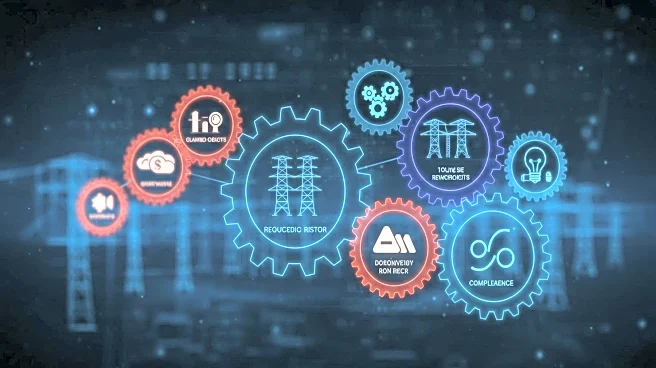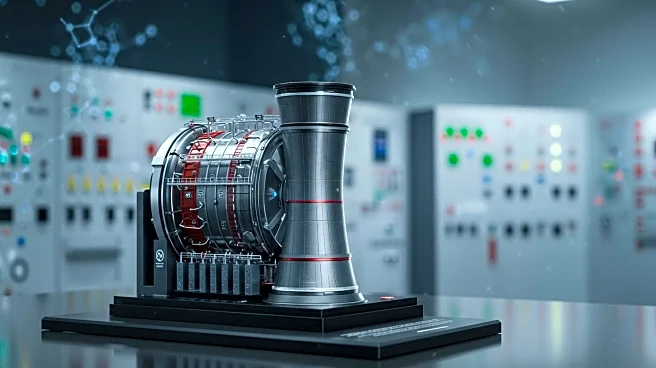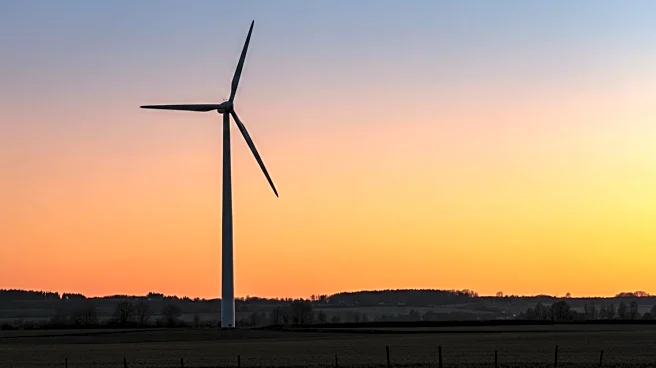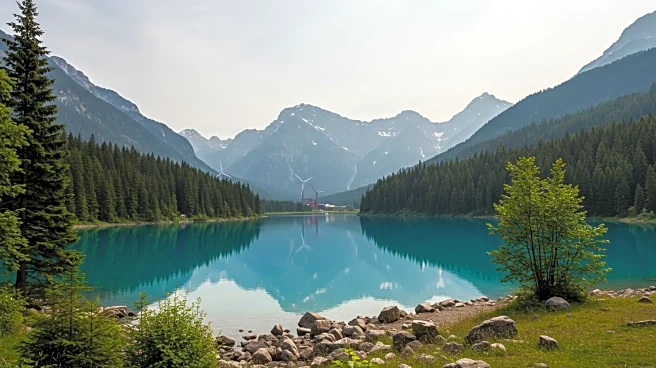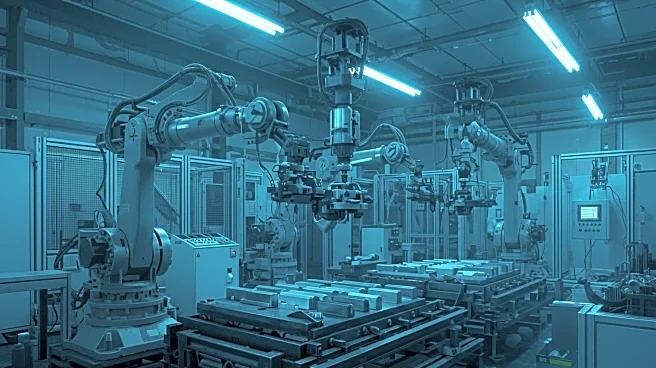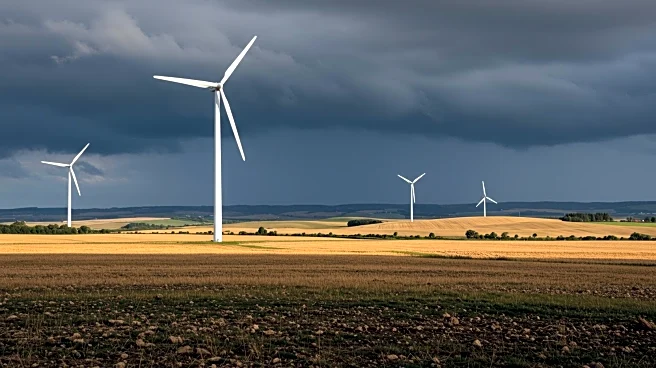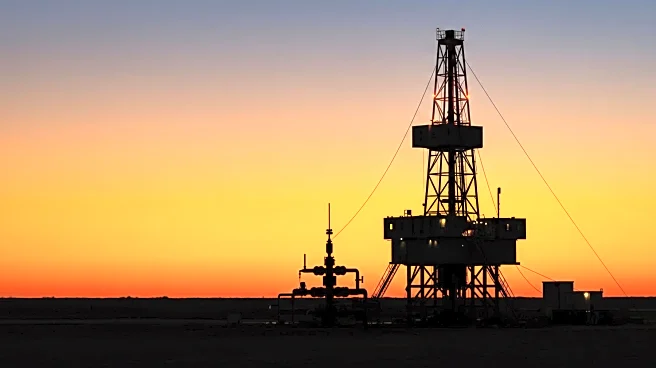Rapid Read • 6 min read
The need for grid hardening has become critical as climate change leads to more frequent and severe weather events. Aging power infrastructure in the U.S. is struggling to meet growing energy demands, exacerbated by the integration of renewable energy sources. Grid hardening involves strengthening infrastructure to withstand environmental stressors and modernizing systems for real-time adaptability and recovery. This approach aims to ensure a stable and secure energy supply, capable of handling disruptions and maintaining efficiency.
AD
Grid hardening is vital for enhancing resilience against climate-induced challenges, ensuring reliable energy delivery. As electricity demand rises, particularly with the growth of electric vehicles and data centers, robust infrastructure is necessary to prevent outages and support economic stability. Investing in grid modernization can reduce risks associated with aging systems, improve operational efficiency, and facilitate the transition to renewable energy. This proactive approach is crucial for safeguarding energy security and supporting sustainable development.
Utilities are expected to increase investments in grid hardening, focusing on durable equipment and smart technologies. Collaboration with policymakers and stakeholders will be essential to address regulatory and financial challenges. As climate impacts intensify, ongoing efforts to enhance grid resilience will be critical for ensuring long-term energy security and supporting the global energy transition.
AD
More Stories You Might Enjoy
